62nd Salon de Montrouge
Beffroi de Montrouge — April 27-May 24, 2017
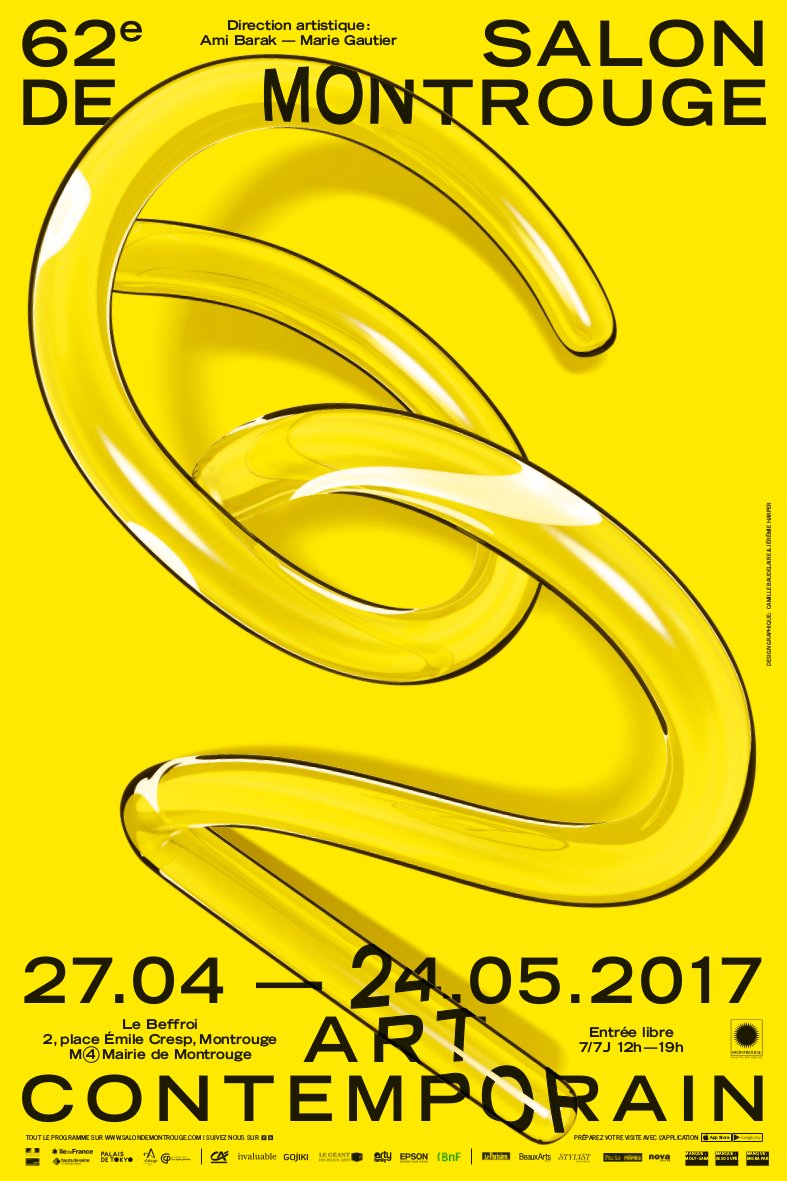
For many years now, the Salon de Montrouge has been a major springtime event on France’s cultural calendar, regarded as nothing less than a springboard for promoting, supporting, and championing emerging artists. This 62nd Salon once again is proof of the rich and artistic diversity at work on the French visual arts scene, with a key date bringing together more than 14 nationalities. It confirms that France continues to be a country that welcomes foreign artists who have come here to train and settle down here, be it in the short or long term, working alongside new generations of French artists. A genuine witness to its time, the Salon de Montrouge reflects the current state of art today, and as it continues to evolve: a world with different cultural horizons, but also a world where women are increasingly present, because nearly 60% of the artists in this Salon are female. We are delighted to present you—through the Salon—with the current scene, a lush one, a crossroads, a map with ethereal boundaries, as much in its genres as in its cultural origins. Year after year, the Salon, which has become a key venue for diversity, also looking to the outside world, marks the commitment of the City of Montrouge with its support and promotion of contemporary art in its full present-day relevance.
For many years now, the Salon de Montrouge has been a major springtime event on France’s cultural calendar, regarded as nothing less than a springboard for promoting, supporting, and championing emerging artists. This 62nd Salon once again is proof of the rich and artistic diversity at work on the French visual arts scene, with a key date bringing together more than 14 nationalities. It confirms that France continues to be a country that welcomes foreign artists who have come here to train and settle down here, be it in the short or long term, working alongside new generations of French artists. A genuine witness to its time, the Salon de Montrouge reflects the current state of art today, and as it continues to evolve: a world with different cultural horizons, but also a world where women are increasingly present, because nearly 60% of the artists in this Salon are female. We are delighted to present you—through the Salon—with the current scene, a lush one, a crossroads, a map with ethereal boundaries, as much in its genres as in its cultural origins. Year after year, the Salon, which has become a key venue for diversity, also looking to the outside world, marks the commitment of the City of Montrouge with its support and promotion of contemporary art in its full present-day relevance.
For 62 years now, the city has been developing links of dissemination and recognition of the excellence of an art to be discovered and given its proper due. Needless to say, supporting often means making accessible—by making sure that works are shown, and by offering access to art professionals, collectors, and as broad a public as possible—but it also means accompanying artists in their approaches and needs. Monitoring them, listening to them, observing, dialoguing, offering technical and material support—thanks to our partners—and encouraging them to realize their full potential and make art in the context of the Salon. In addition to this, the concept of the group show— which we have been keen to renew once more this year—renders visible the concerns of today’s artists, making their work resonate by guiding the selection of projects in such a way as to ensure that exhibition arrangements will be coherent, and coordinate the different formal and conceptual approaches, nowadays operative. But also making a point to highlight each to interpretation, emphasizing points of convergence in order to establish connections, creating dialogue and exchange, not pinning anything down, but, instead, just pinpointing things, allowing for openings, in short, turning art into a witness of its time: this is our constant concern. To do this, we have surrounded ourselves with an artistic team made up of scenographers and graphic designers— because the Salon’s adventure is a group adventure for artists and organizers alike. Thus, we have called on the same twosome of designers as last year, to help us set up the Salon. Ramy Fischler and Vincent Le Bourdon have come up with a design, which was conceived as a genuine map, with modular spaces arranged to incorporate different artists’ projects. Devised as a form of architecture, this map is organized around a central aisle. At its center, we have a crossroads, an area where people gather and talk, a nerve center giving onto four territories and numerous possibilities by way of shortcuts. While it plays the role of the guide the scenography allows for free circuits, created by openings and prospects which offer several itineraries arranged around one major theme. The division into sections—in four open themes—is intended to offer visitors more elements as to understand the show and find their bearings, illustrating artistic concerns at work, though without wishing to put a name to these “currents,” but, rather, making the various artistic propensities and inclinations explicit. Last of all, we have once again entrusted Camille Baudelaire and Jérémie Harper with recording this event not only with a powerful visual identity but also with an accomplished and original catalogue. If we are keen in identifying the state of art in this particular moment, it is also of the utmost value to us to pursue and chronicle it. The Salon, which is an annual event, is a place for experimentation evolving every year, a long-haul project that consists of tries and learning curves. And so, the year 2017 is a new brick added to this ever changing construction named the Salon de Montrouge.
For 62 years now, the city has been developing links of dissemination and recognition of the excellence of an art to be discovered and given its proper due. Needless to say, supporting often means making accessible—by making sure that works are shown, and by offering access to art professionals, collectors, and as broad a public as possible—but it also means accompanying artists in their approaches and needs. Monitoring them, listening to them, observing, dialoguing, offering technical and material support—thanks to our partners—and encouraging them to realize their full potential and make art in the context of the Salon. In addition to this, the concept of the group show— which we have been keen to renew once more this year—renders visible the concerns of today’s artists, making their work resonate by guiding the selection of projects in such a way as to ensure that exhibition arrangements will be coherent, and coordinate the different formal and conceptual approaches, nowadays operative. But also making a point to highlight each to interpretation, emphasizing points of convergence in order to establish connections, creating dialogue and exchange, not pinning anything down, but, instead, just pinpointing things, allowing for openings, in short, turning art into a witness of its time: this is our constant concern. To do this, we have surrounded ourselves with an artistic team made up of scenographers and graphic designers— because the Salon’s adventure is a group adventure for artists and organizers alike. Thus, we have called on the same twosome of designers as last year, to help us set up the Salon. Ramy Fischler and Vincent Le Bourdon have come up with a design which was conceived as a genuine map, with modular spaces arranged to incorporate different artists’ projects. Devised as a form of architecture, this map is organized around a central aisle. At its center, we have a crossroads, an area where people gather and talk, a nerve center giving onto four territories and numerous possibilities by way of shortcuts. While it plays the role of the guide. the scenography allows for free circuits, created by openings and prospects which offer several itineraries arranged around one major theme. The division into sections—in four open themes—is intended to offer visitors more elements as to understand the show and find their bearings, illustrating artistic concerns at work, though without wishing to put a name to these “currents,” but, rather, making the various artistic propensities and inclinations explicit. Last of all, we have once again entrusted Camille Baudelaire and Jérémie Harper with recording this event not only with a powerful visual identity but also with an accomplished and original catalogue. If we are keen in identifying the state of art in this particular moment, it is also of the utmost value to us to pursue and chronicle it. The Salon, which is an annual event, is a place for experimentation evolving every year, a long-haul project that consists of tries and learning curves. And so, the year 2017 is a new brick added to this everchanging construction named the Salon de Montrouge.

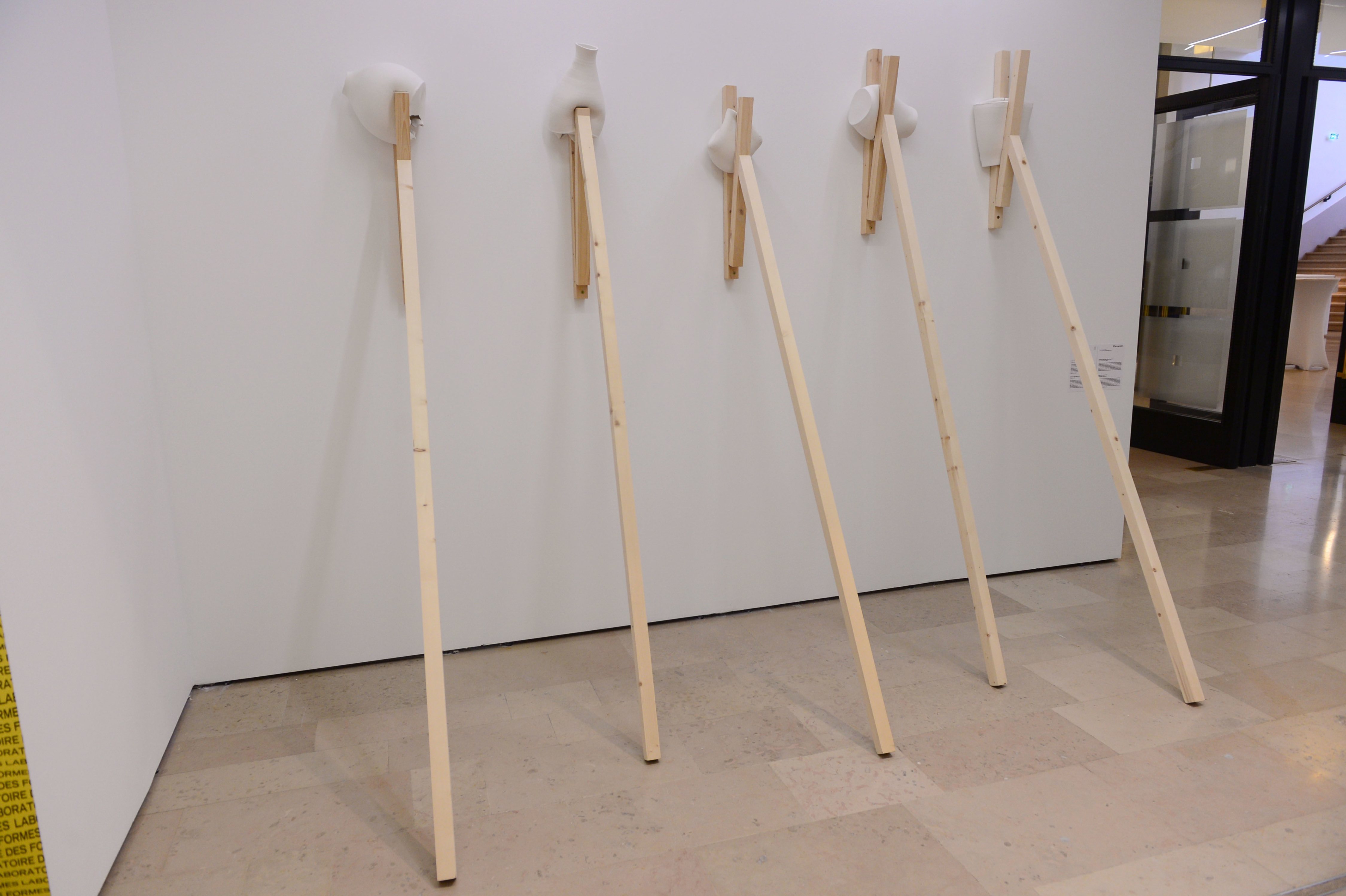
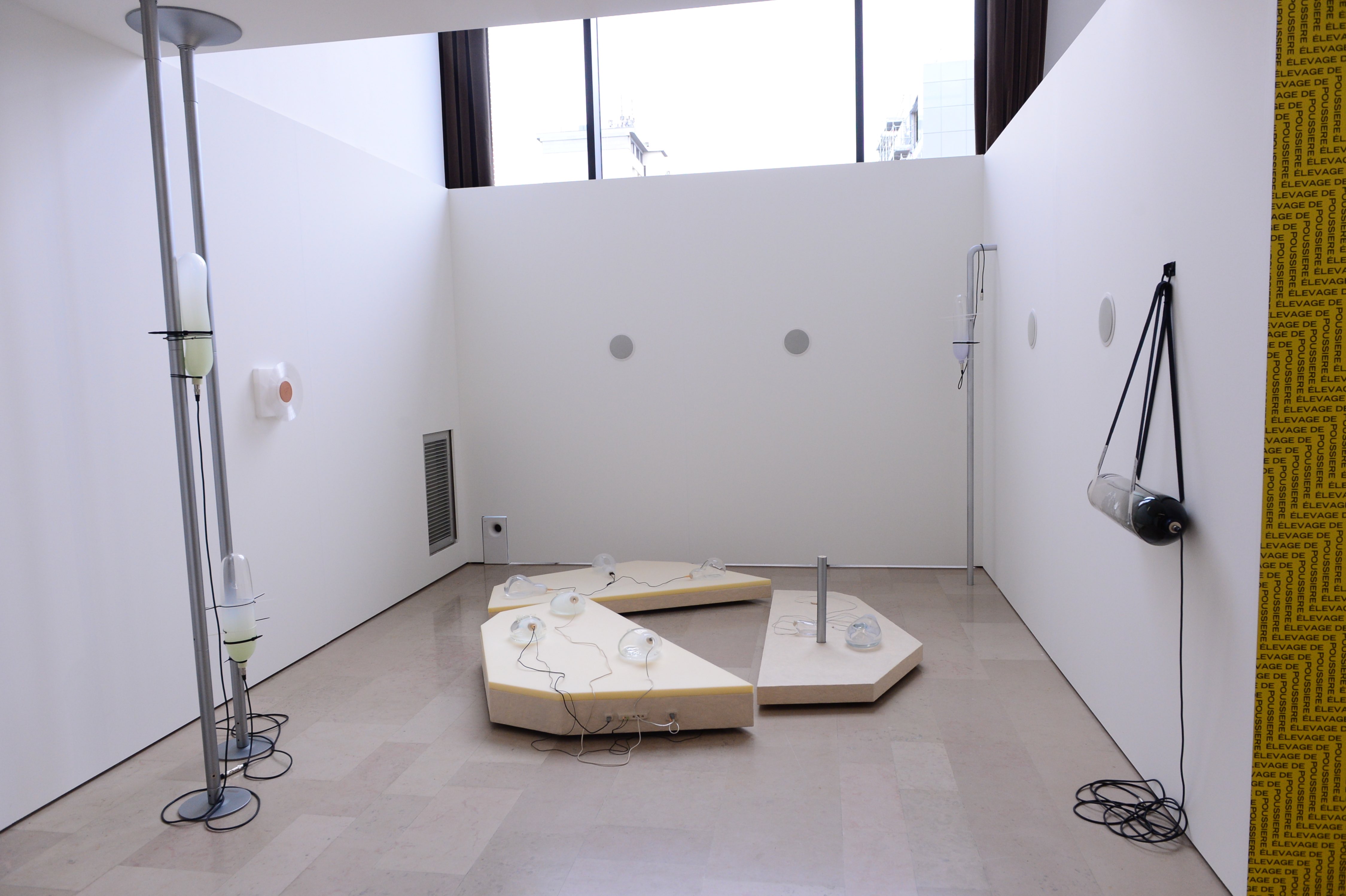
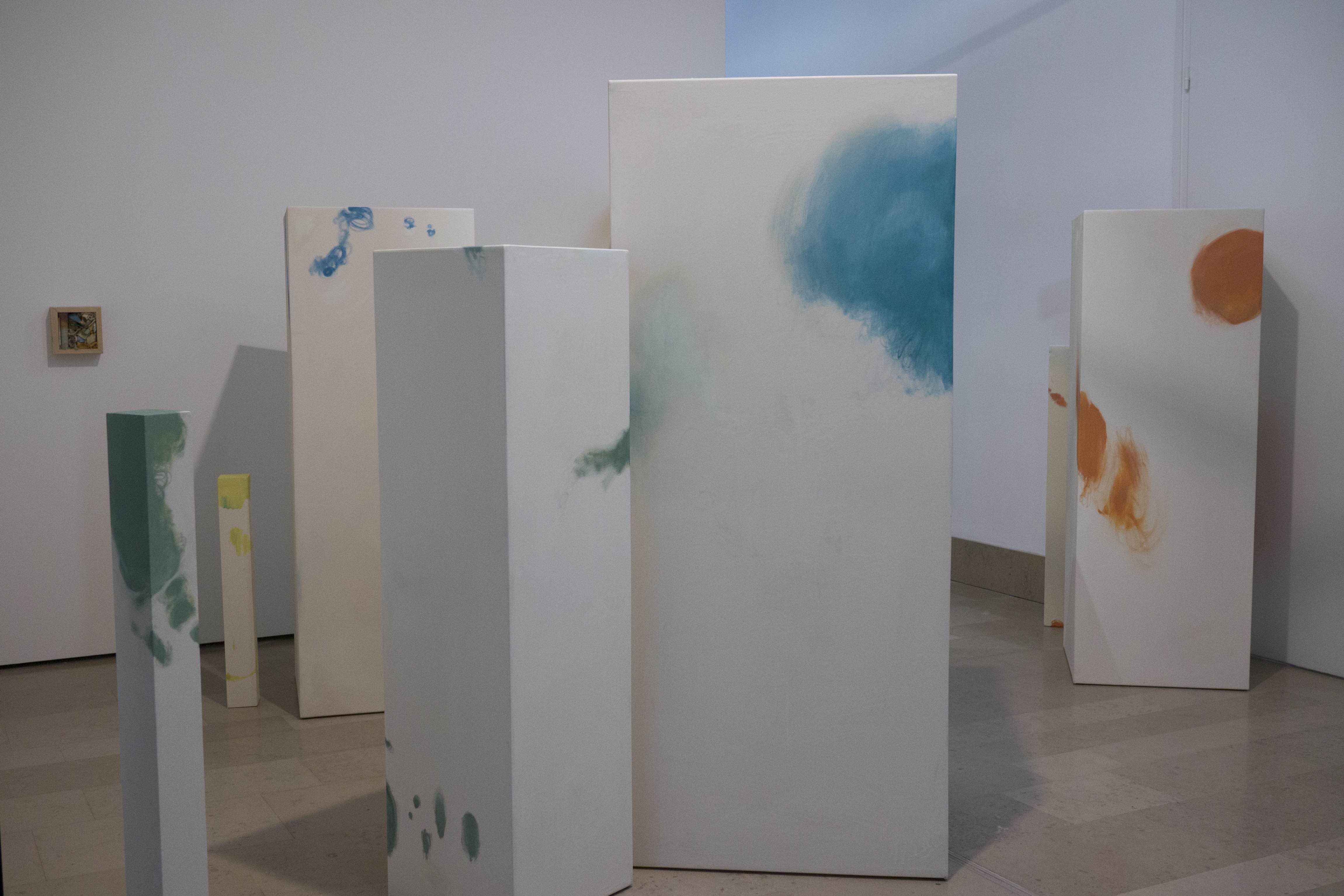
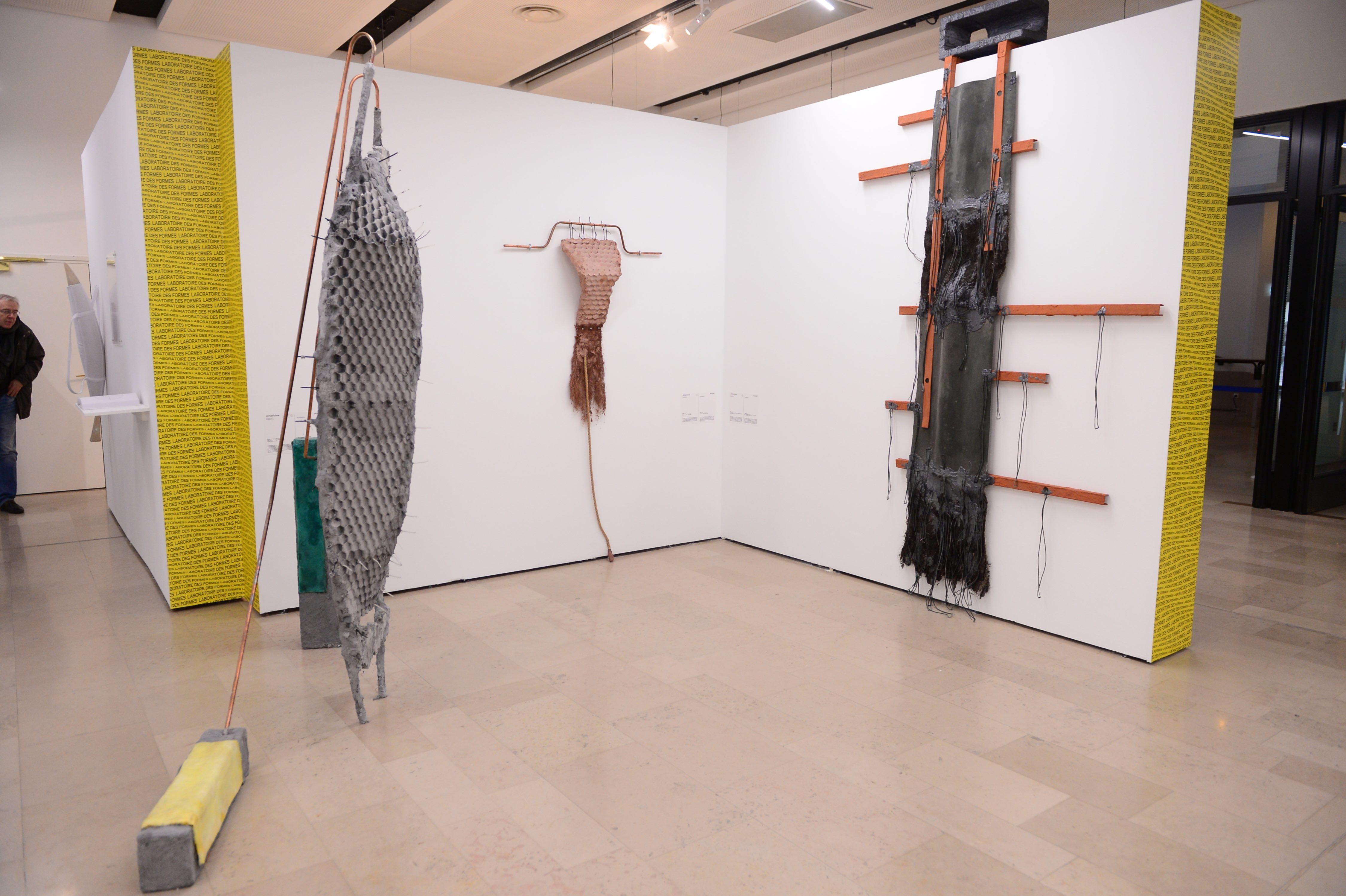
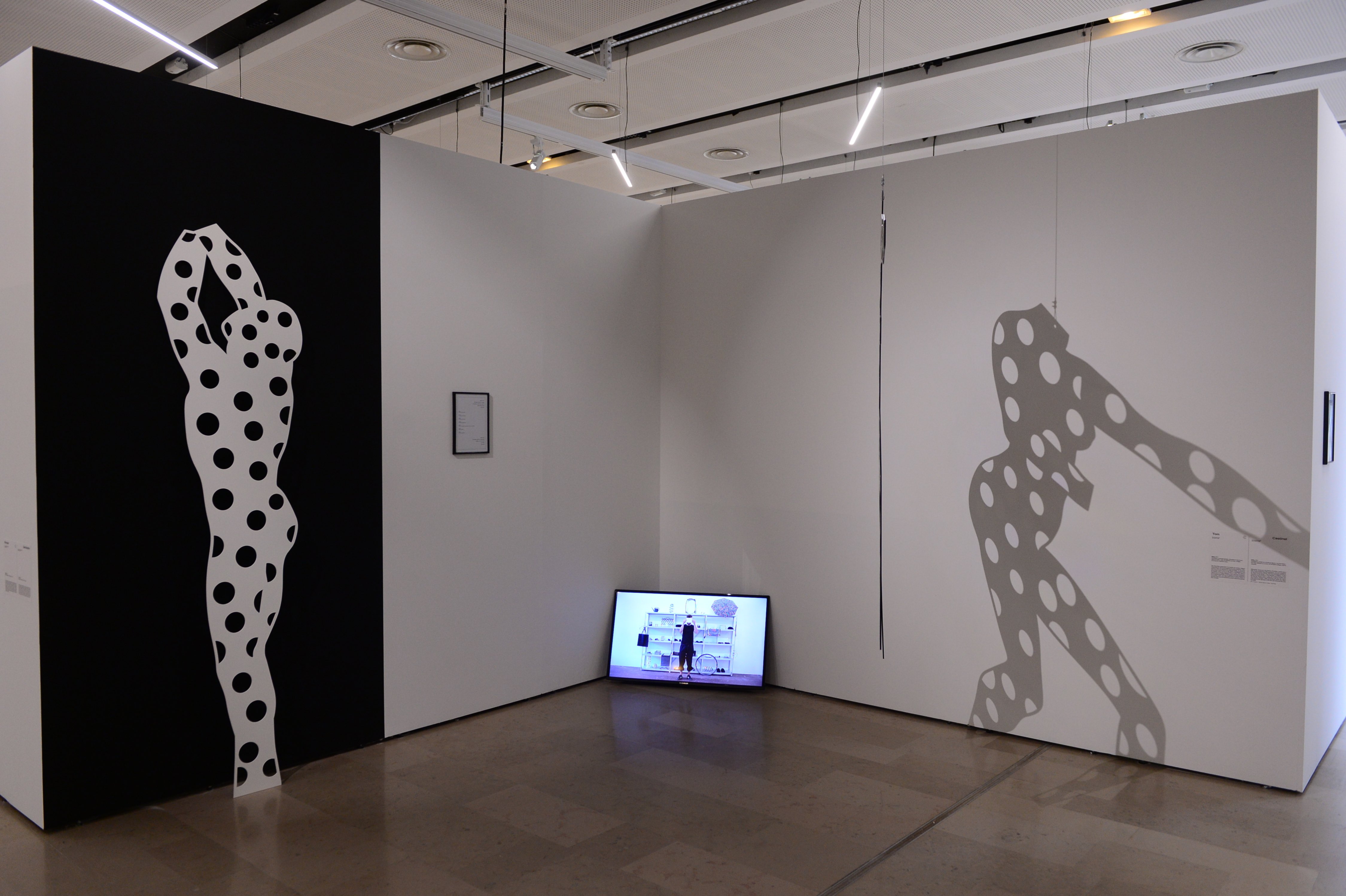
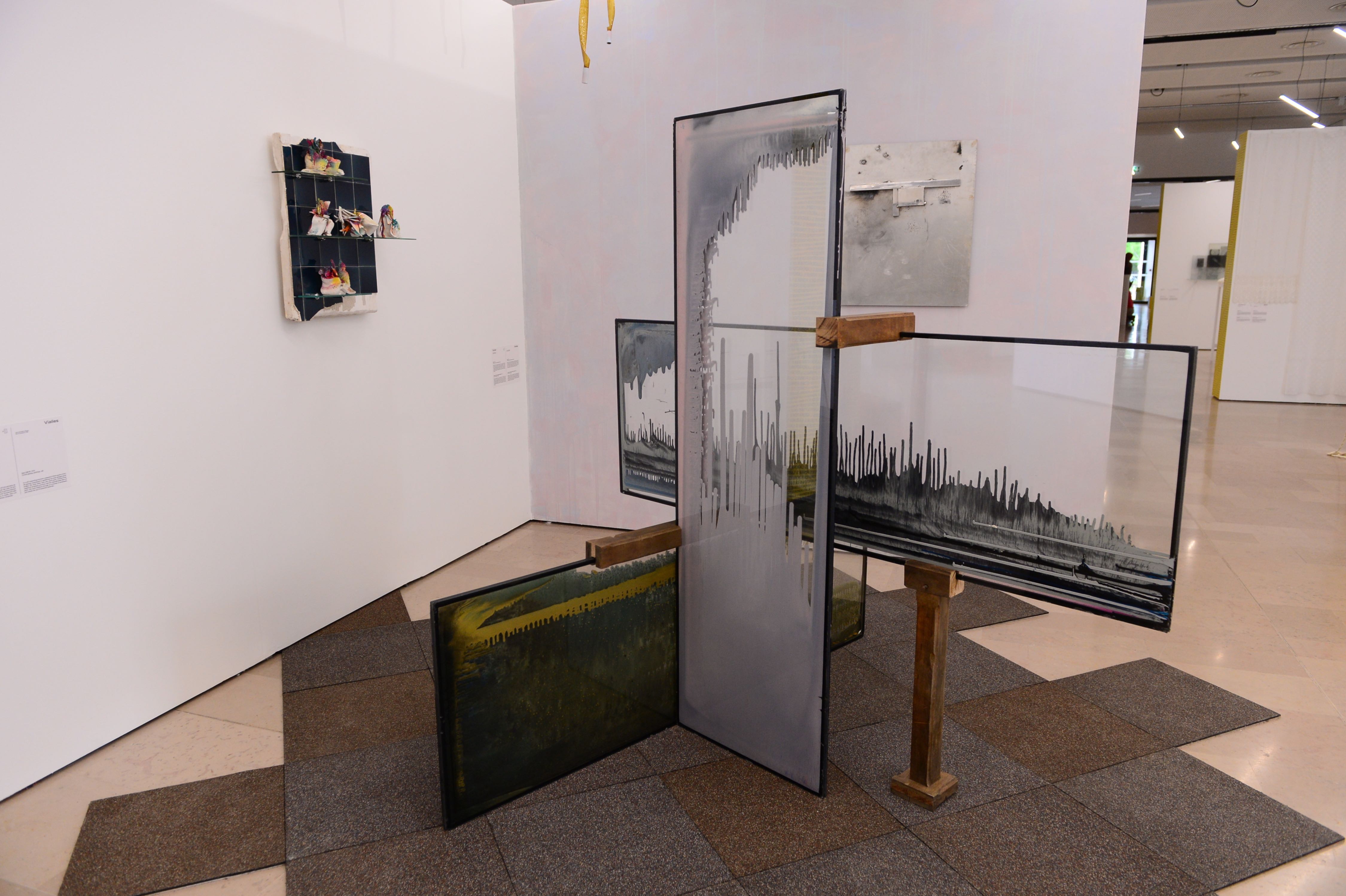
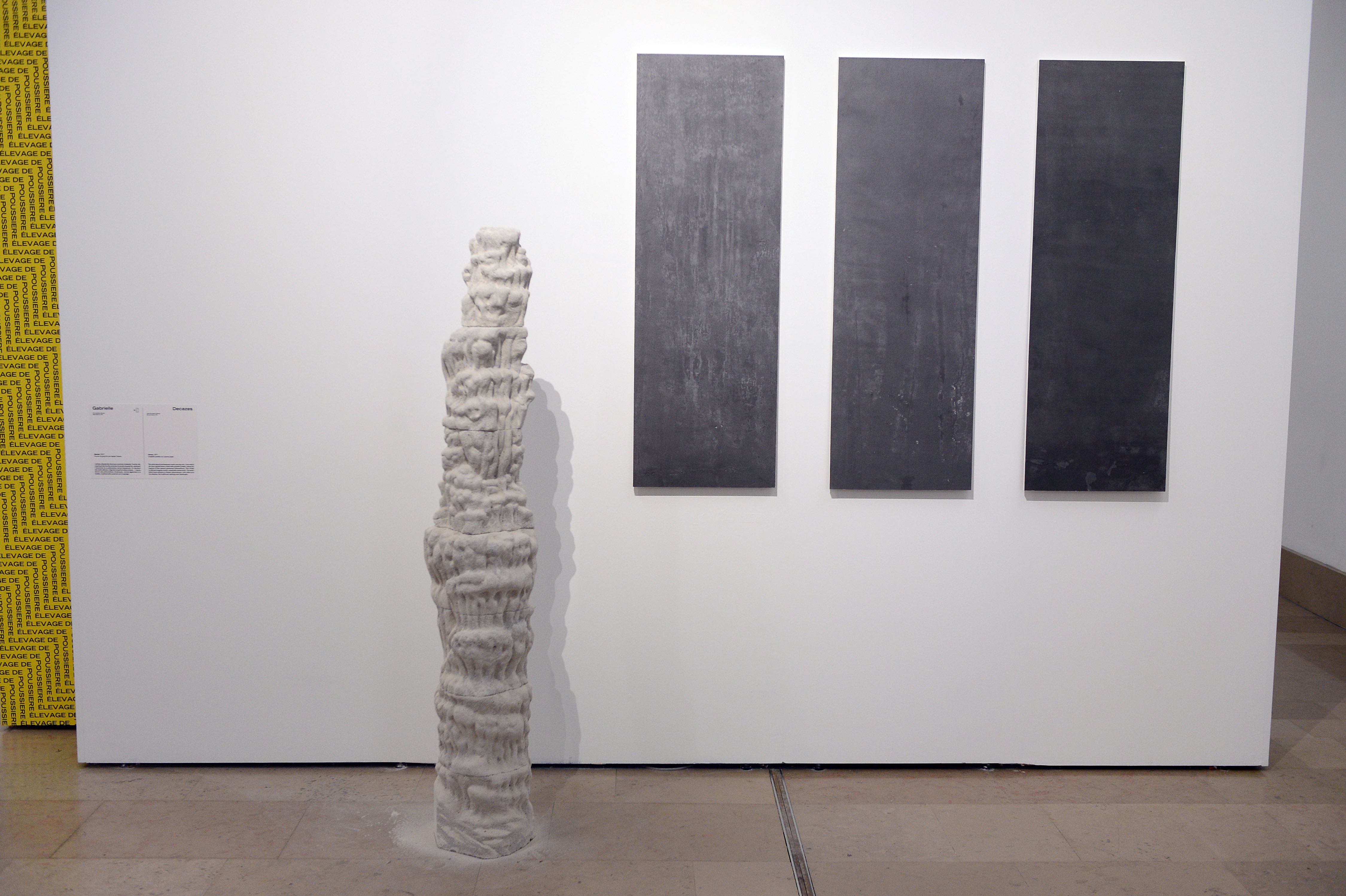

- Ababri Soufiane
- Afonso Filipe
- Akrich Pierre
- Arcelli Amandine
- Ballériaud Nicolas
- Baron Andrés
- Bellenger Hélène
- Berbinau Aubry Jeanne
- Bourthoumieux Nicolas
- Brée Camille
- Briand Jeanne
- Brudieux Lena
- Brun Pauline
- Canseco Valentina
- Castinel Tom
- Cathala Laurence
- Chénin Mathilde
- Chrun Alexis
- Clais Louis
- Cohen Dorian
- Daovannary Mark
- Fenwick Cat
- Fettaka Simohammed
- Gabrielle Decazes
- Gandolphe Romain
- Goalec Valérian
- Gondol Célia
- Groussin Rémi
- Haehnsen Kan Ségolène
- Hao Jingfang
- Huertas Millan Laura
- Husky Suzanne
- Large-Bessette Ludivine
- Lavogez Pauline
- Le Toquin Julie
- Loeuille Jacques
- Makouvia
- Kokou Ferdinand
- Medeiros
- Manoela
- Mermin Florian
- Mispelaëre Marianne
- Park Ji-Min
- Planty Lucie
- Sahakyan Ludvig
- Sanchez Linda
- Siffert Louise
- Skali Ghita
- Sorel Constance
- Suzuki Masahiro
- Topurska Savina
- Tortil Lauren
- Valenti Guillaume
- Vandebrouck Capucine
- Vialles Victor